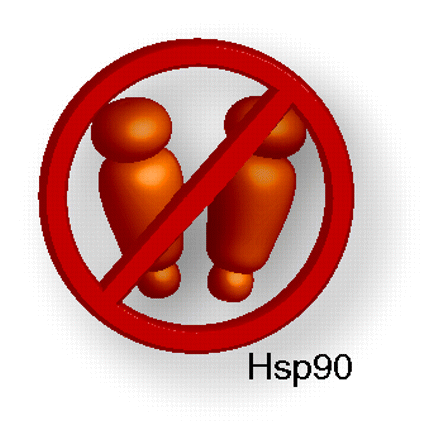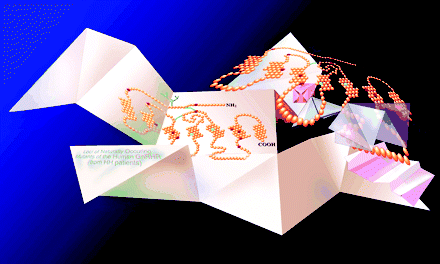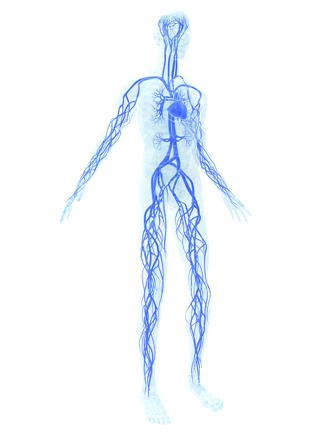Emerging concepts from the recent literature
Knocking opportunistic mycoses

With limited therapeutic options, invasive fungal infections caused by Candida and Aspergillus species are a nightmare for any immunocompromised patient. Cowen and Lindquist had previously provided evidence that of resistance in C. albicans and A. fumigatus against azole and echinocandin antifungals. In a recent PNAS paper, the authors now provide convincing evidence, in a moth larval model of aspergillosis and candadiasis, and a murine model of disseminated C. albicans, that the Hsp90 inhibitor geldanamycin (GdA) compromises mechanisms of fungal resistance. While the GdA derivates 17-AAG and 17-DMAG are known to be less hepatotoxic in comparison to GdA, the authors note that these compounds were not well tolerated in murine models of acute fungal infection. However, this study is extremely important because it was able to show a fungistatic-to-fungicidal conversion for fluconazole when used in combination with GdA against C. albicans. These findings may be important for the development of fungal-specific Hsp90 inhibitors. [Cowen, L.E., Singh., S.D., Köhler, J.R., Collins, C., Zaas, A.K., Schell, W.A., Aziz, H., Mylonakis, E., Perfect, J.R., Whitesell, L., and Lindquist, S. Harnessing Hsp90 function as a powerful, broadly effective therapeutic strategy for fungal infectious disease. Proc. Natl. Acad. Sci. U.S.A. 106, 2818–2823 (2009).]
—EE Gardner, U Pittsburgh
Cannabinoid receptor agonists for Huntington’s disease

Cannabinoids, such as Δ9-tetrahydrocannabinol (Δ9-THC) in marijuana, are being investigated as therapies for a variety of neurological diseases. Notably, Huntington’s disease (HD) is characterized by progressive loss of striatal neurons leading to awkward, uncontrollable movements and declined cognitive ability. Malonate, an endogenous mitochondrial complex II inhibitor, mimics genetic models of HD. Sagredo et al. have investigated the usefulness of cannabinoid type 1 (CB1) or CB2 receptor-binding cannabinoids in limiting malonate-induced HD. When administered intrastriatally, malonate decreases γ-amino butyric acid (GABA) release and elicits apoptosis. Malonate also increases the expression of the non-psychoactive CB2 receptors on astrocytes and activated microglia. The CB2-selective agonist HU308 attenuates GABA decline caused by malonate and reduces apoptosis within the striatum more effectively than other cannabinoids. Therefore, CB2 agonists could be further examined as innovative therapeutics that may limit apoptosis and neuronal toxicity associated with HD. [Sagredo, O., González, S., Aroyo I. et al. Cannabinoid CB(2) receptor agonists protect the striatum against malonate toxicity: Relevance for Huntington’s disease. Glia Epub ahead of print; 10.1002/glia.20838 (2008).]
—KA Seely, U Arkansas
Pharmacoperones bridging the rescue of GPCR (GnRH Receptor) mutants

Naturally occurring mutations in G protein coupled receptors are the cause of numerous human disorders. Drugs known as pharmacoperones (i.e., pharmacological chaperones) salvage misfolded and misrouted proteins that do not pass the quality control system (QCS) of the endoplasmic reticulum (ER), representing a therapeutic approach to rescuing protein disease. Janovick et al. elucidate the molecular mechanism of pharmacoperone actions on the gonadotropin-releasing hormone (GnRH) receptor with a view to facilitating rational design of drugs and expanding their use to other misfolded or misrouted proteins. Computational modeling of the human GnRH receptor predicted an E90-K121 salt bridge that is broken in a naturally occurring E90K GnRH mutant that causes hypogonadism. Site-directed mutagenesis of the GnRH receptor find revealed that pharmacoperones from two distinct drug classes rescue receptor mutants by forming a ligand-mediated bridge between D89 and K121 and serving as a surrogate for the predicted salt bridge. This model predicted important structural features of pharmacoperones and identified a novel GnRH receptor ligand that rescued a D98 receptor mutant that had not been as effectively rescued by previous drugs. These studies open the door for rational design of drugs for treatment of hypogonadotropic hypogonadism resulting from misfolded GnRH receptors and offer similar promise for rescuing protein mutants causing other human diseases. [Janovick, J.A., Patney, A., Mosely, R., Goulet, M., Altman, M., Rush, T., Cornea, A., and Conn, P.M. Molecular mechanism of action of pharmacoperone rescue of misrouted GPCR mutants: The GnRH receptor. Mol. Endocrinol. 23, 157–168 (2009).]
—RA Fisher, U Iowa
A new front opens in antiangiogenic therapy

Because of their accelerated growth, cancer cells require vast amounts of nutrients and an expanded vasculature to deliver them. Antiangiogenic compounds provide a means to abrogate this supply and starve the cancer cells. Zania et al. have identified a new role for a 41-mer peptide cleavage fragment from proteinase-activated receptor 1 (PAR1). This peptide, named parstatin, inhibits both basic fibroblast growth factor and vascular endothelial growth factor induced angiogenesis in chick embryo and rat aortic ring models. In addition to preventing vascularization, parstatin treatment also leads to growth arrest and apoptosis in endothelial cell models. Elucidating parstatin’s mechanism of action could lead to alternate targets for antiangiogenic therapy. [Zania, P., Gourni, D., Aplin, A.C., Nicosia, R.F., Flordellis, C.S., Maragoudakis, M.E., and Tsopanoglou, N.E. Parstatin, the cleaved peptide on proteinase-activated receptor 1 activation, is a potent inhibitor of angiogenesis. J. Pharmacol. Exp. Therap. 328, 378–389 (2009).]
—DD Dudgeon, U Pittsburgh



